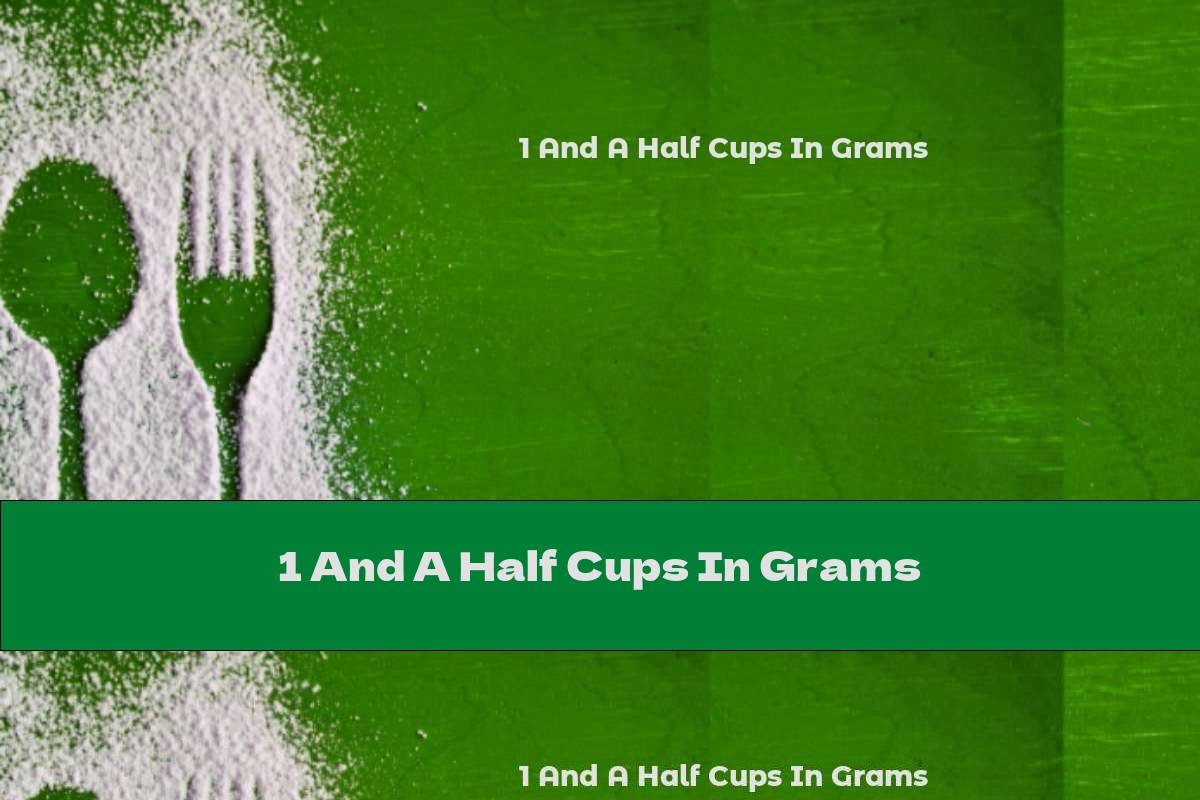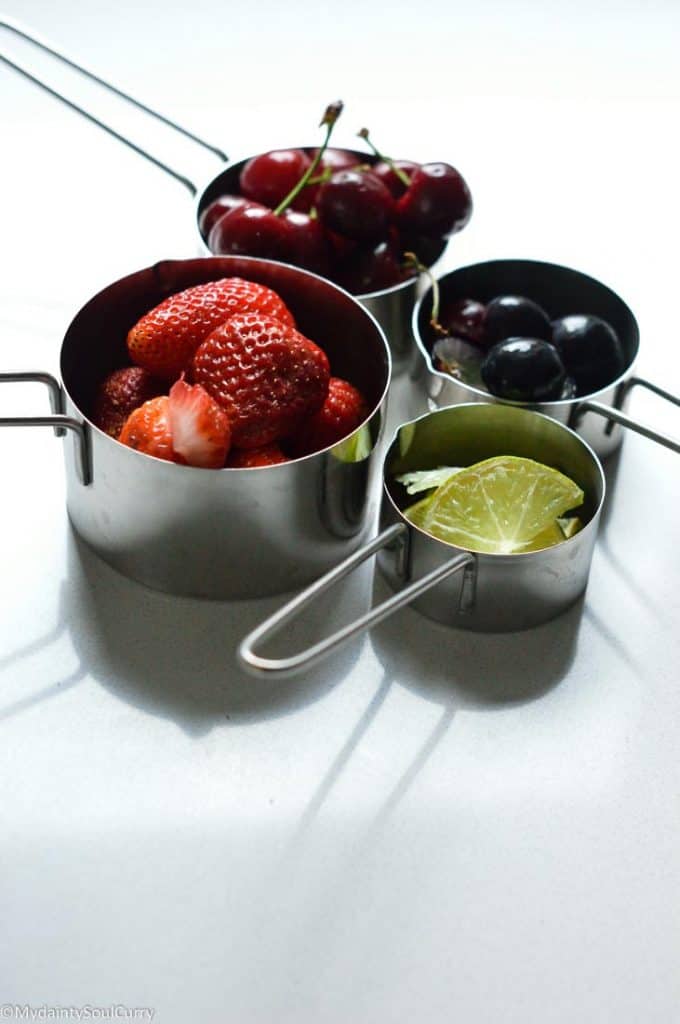

This conversion tool makes it simple to convert ounces to cups if you don’t want to perform the arithmetic. This equation also tells us that a single cup contains 8 ounces. The answer, which is 48, indicates that 6 cups contain 48 ounces. Simply multiply the number of cups by eight to get this result.įor example, if you have six glasses, multiply six by eight. You may also use the equation in the opposite direction to determine how many ounces are in a certain number of cups. The answer, four, indicates that there are four cups in 32 ounces. When determining the number of cups in 32 ounces, divide 32 by eight. Cups of various forms can be used for various beverages or foodstuffs (e.g., teacups and measurement cups), in various contexts (e.g., at water stations or in ceremonies and rituals), or for decoration. We use them to satisfy the thirst in a variety of cultures and socioeconomic groups, and different types of cups are appropriate for particular beverages or situations.

Cups are typically composed of glass, metal, china, clay, wood, stone, polystyrene, plastic, aluminum, or other materials and have a stem, handles, or other adornments. Facts about a cup (cup)Ī cup is an open-top container used to keep or pour hot or cold liquids for pouring or drinking it may also be used to store solids for pouring (e.g., sugar, flour, grains, salt). Pure water has a mass of approximately exactly one ounce in imperial fluid ounces. Although it is frequently referred to simply as an “ounce” when the context makes the meaning apparent, such as ounces in a bottle, the fluid ounce is distinct from the ounce as a measure of weight or mass. The imperial fluid ounce is roughly 4.08 percent bigger than the US fluid ounce, which is 1/16 of a US liquid pint and 1/128 of a US liquid gallon, or approximately 29.57 ml. For example, 1/20 of an imperial pint, 1/160 of an imperial gallon, or about 28.41 ml is an imperial fluid ounce. Several definitions have been employed throughout history, but only two are still widely used today: the British Imperial and the US customary fluid ounce.
1 and half cups in oz how to#
Continue reading to learn how to use the fl oz to cups converter and why a cup isn’t always the same cup. The converter will assist enthusiastic home bakers in switching from recipes and fluid ounces to cups with ease. Our Fl Oz to Cups converter can help if that’s the case. Lengths may be converted with the following table.If you’ve ever wondered how many fluid ounces are in two cups, you’ve come to the right place. Weights of common ingredients in gramsīrown sugar, packed firmly (but not too firmly) In a pinch, you can use the volume conversion table, above. If you need to convert an ingredient that isn't in this table, the safest thing to do is to measure it with a traditional measuring cup and then weigh the results with a metric scale. Non-liquid ingredients specified in American recipes by volume (if more than about 2 tablespoons or 1 fluid ounce) should be converted to weight with the following table. Note that the ounces referred to in this table are not the same as fluid ounces. Weights can be converted with the following table. May be convenient to round these conversions off as follows: Note: In cases where higher precision is not justified, it


Volume Conversions: Normally used for liquids only Do not use this table to convert other non-liquid ingredients. should also be converted with this table. Small volumes (less than about 1 fluid ounce or 2 tablespoons) of ingredients such as salt, herbs, spices, baking powder, etc. Liquids can be converted to liters or milliliters with the following table. This is an easy guide to convert amrican "cups" etc.


 0 kommentar(er)
0 kommentar(er)
